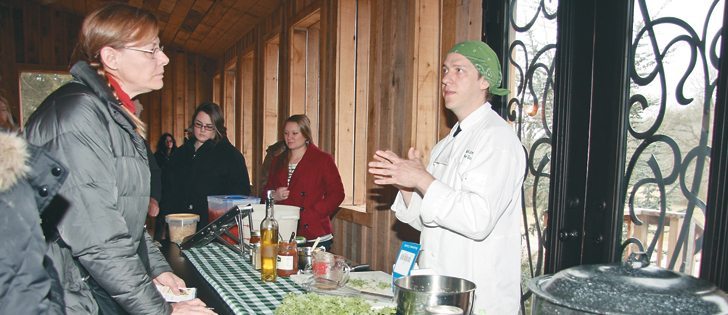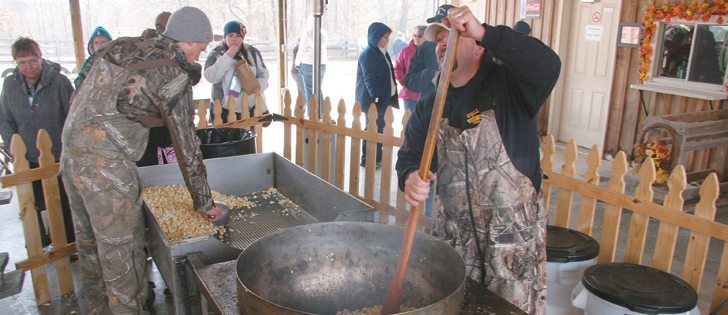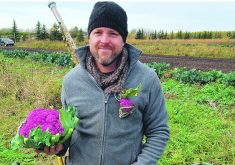Agribusinesses must adjust to different work ethics of youth and retain expertise of older workers
KNOXVILLE, Tenn. — Andrew Dixon wasted no time getting into farming, making the leap from high school into the family business nine years ago.
A featured presenter at the North American Farmers’ Direct Marketing Association annual conference here in February, Dixon said his generation can offer a fresh look at the farm business.
“We are investing in our future, we’re planning on being in business years down the road,” he said.
The multi-generation Grandaddy’s Farm at Estill Springs, Tennessee, grows wheat, corn, soybeans, flowers, fruits and vegetables on 1,800 acres.
Read Also

Fuel rebate rule change will affect taxes and AgriStability
The federal government recently announced updates to the fuel rebates that farmers have been receiving since 2019-20.
“I’m not afraid to try new things,” he said, including using social media, Twitter, YouTube videos and Facebook to bring greater exposure to the seasonal agritourism and farm market without added advertising costs.
“That’s what our clientele is using … so we have to be where they’re looking.”
He said the Dixons use Facebook to tell the story of a family working together on the farm.
“It keeps that relationship with us.”
Dixon said his family works well together despite the difference in ages and work styles.
“We let things roll on and don’t hold grudges. We try to do what’s best for everyone,” he said.
Knowing how to improve relations and workflow with different age groups and capitalize on young peoples’ strengths are especially important for agribusinesses facing labour shortages from retiring older workers.
Alex White, a dairy science professor at Virginia Tech, said businesses will lose the skills and expertise of older workers who have a different mindset than later generations.
He said older workers show more respect to employers and have a “live to work” attitude that sharply contrasts with the “work to live” approach of younger workers.
“The older ones are more loyal to the employer, the younger ones are job hoppers and less formal,” he said.
Younger generations are more technologically savvy and bring skills in multi-tasking that can be useful on the job.
“They have a good work ethic if you show and tell them what to do, but today’s generation have a hard time figuring out what to do on their own.”
White said that’s likely because many are used to having things done for them by a highly protective, coddling generation of parents.
They are great at gathering data but not sure how to synthesize it,” he said.
“They get excited about the big picture, but coming up with a plan to make it happen is harder.”
White said they bring different learning styles to the workplace.
“It means we have to change to work with them to find something in the middle,” he said. “Tell them your expectations but don’t tell them how to do it. Let them use their creativity.”
White suggested less formality, hands-on training, flexibility and patience. Accepting differences between generations and being open to change can improve communication. He said expressing appreciation to baby boomers for their dedication, hard work and long hours will help get the most out of that age group .
For Generation X (people born between the early 1960s and early 1980s), be clear about the desired results and the rewards for good performance. For millennials (people born between the early 1980s and early 2000s), communicate the impact and contribution they are making to the overall team.
White said strategies for millennials should include clearly stating expectations and desired outcomes, especially for quality, and reinforcing best management practices.
Make them create goals, especially long-term ones, and set deadlines and to-do lists for them, he added.















